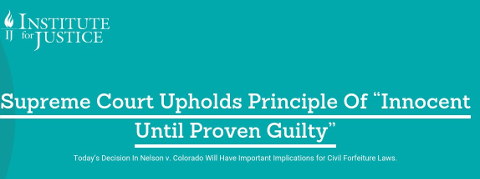

THE USPTO is trying to mislead itself (and the public) with this new 'report' which was compiled with input from not a single scientist (almost). In spite of Alice, Section 101 is still a subject of 'debate' and in the mean time, in spite of very high rejection rates in courts, USPTO examiners continue granting software patents. We have heard from EPO examiners that the same thing happens in Munich (under pressure from management). How long can this charade go on for?
"How long can this charade go on for?""Only the software per se – that is, the source code – is excluded from patentability" in Brazil, according to this new article from a firm marketing itself. Yesterday it wrote this:
Only the software per se – that is, the source code – is excluded from patentability. Any technical result obtained from a given software can be patented (eg, a method carried out by software instructions and systems or devices affected by software instructions). The Brazilian Patent and Trademark Office (BPTO) Examination Guidelines state:
“An industrial creation – process or product associated with the process – implemented by a computer program, which solves a problem found in the technique not solely concerning the way in which this computer program is written, can be considered an invention.”
"All these loopholes are a disservice to patent quality and certainly to the software profession (my profession)."As the EFF's Daniel Nazer showed earlier this week, software patents from HP make both the company and the USPTO look like they're not doing their job. Lo and behold: "Stupid Patent of the Month"
On July 25, 2017, the Patent Office issued a patent to HP on reminder messages. Someone needs to remind the Patent Office to look at the real world before issuing patents.
United States Patent No. 9,715,680 (the ’680 patent) is titled “Reminder messages.” While the patent application does suggest some minor tweaks to standard automated reminders, none of these supposed additions deserve patent protection.
[...]
The ’680 patent comes from an application filed in July 2012. It is supposed to represent a non-obvious advance on technology that existed before that date. Of course, reminder messages were standard many years before the application was filed. And just a few minutes of research reveals that QR codes were already used to encode information for reminder messages. For example, QRickit suggested using QR codes for calendar events and reminders (with the option of adding additional information beyond the event descriptor). This 2011 article suggests using QR codes to embed information such as “assignments for the week.” The only even arguable difference from the prior art is that the patent’s claims require the “article data” to be received after the event data. In our view, that is not a distinction that warrants the government-granted monopoly power inherent in a patent.
"The reckless granting of software patents in the US needs to stop."How can this be excused? Certainly, if courts or even PTAB looked into it, they would quickly invalidate the patent. But probably, as is often the case, if such a patent is used against an individual or a small company, he/she/it would not be able to afford a legal battle or challenge and would rather settle.
Then there's the ITC's latest controversy, which is still in the news this week because it shows sheer disregard for PTAB. The ITC is not a patent court but an imperialist apparatus for giant corporations like Microsoft, Apple, and Cisco (to embargo rivals by).
"Why can the USPTO not keep up with the Supreme Court of the country?"The reckless granting of software patents in the US needs to stop. The Justices have already spoken on the matter and various determinations from the Court of Appeals for the Federal Circuit (CAFC) have reaffirmed this position since.
In the mean time, here comes another lawsuit involving software patents. It was announced yesterday as follows: "The complaint asserts that Keysight and Ixia's ThreatARMOR, Vision ONE, and Application and Threat Intelligence products and services are infringing at-least four key patents owned by Centripetal Networks. These patents generally relate to protecting networks by quickly identifying new network security threats, identifying compromised hosts, and dynamically managing massively scaled network security policies."
Pure software. Bunk!
Why can the USPTO not keep up with the Supreme Court of the country? This is what it leads to... ⬆